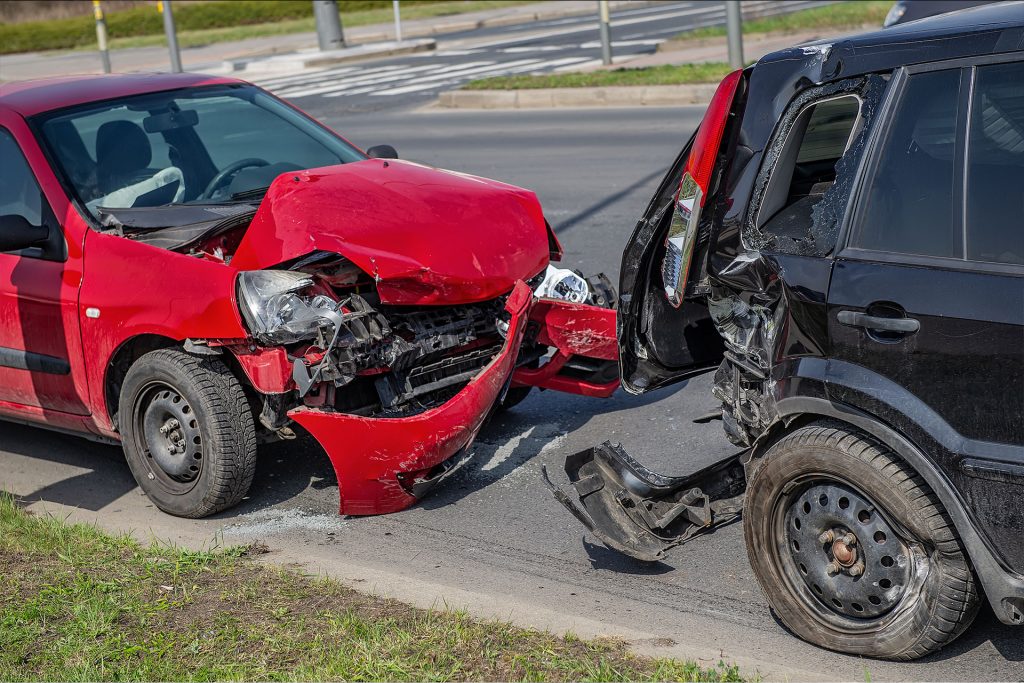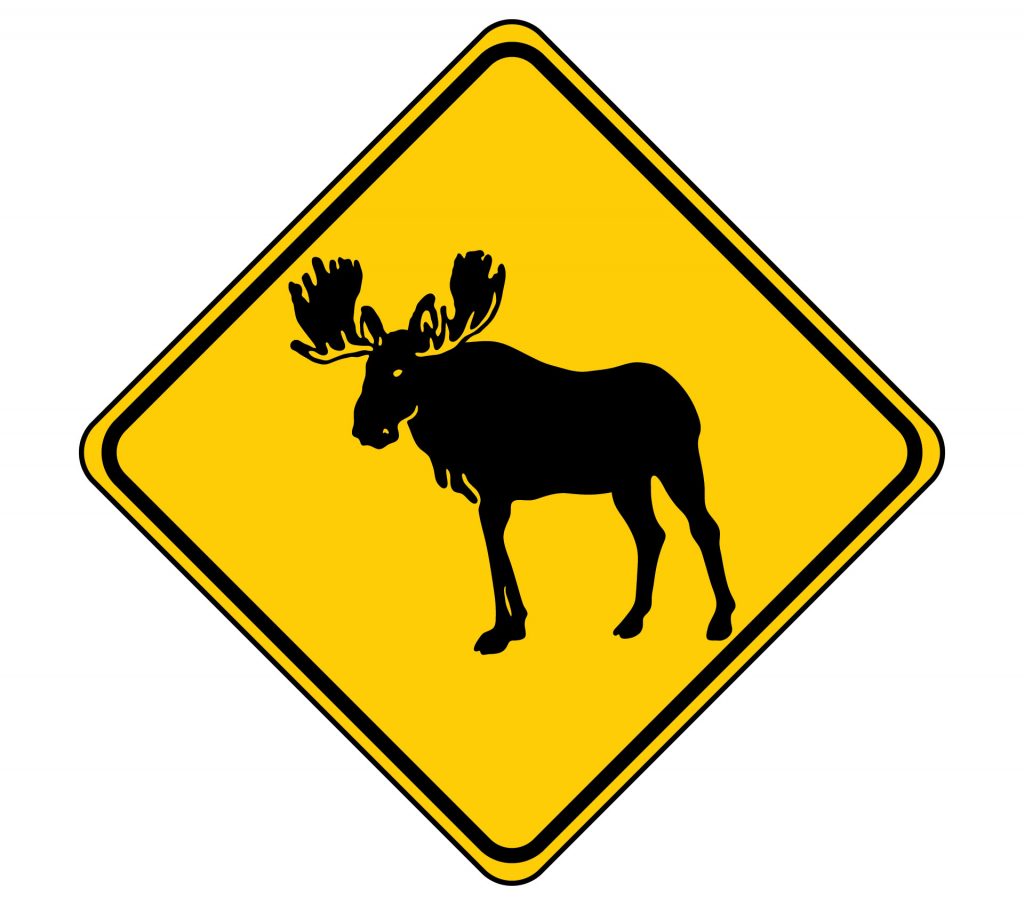Evasive Maneuvers
Driving would be easy without any hazards, if road users could be alone on the streets, without any other vehicles, pedestrians or cyclists to get in their way. With perfect weather and smooth surfaces to drive on, operating a vehicle would be easy. However, since road conditions are never perfect, drivers should learn evasive maneuvres that can help keep them and others on the road safe. Learning these techniques and reviewing them frequently is an important part of being a safe driver.
Hazards on the road can take many different forms. These include potholes and patches of ice, children who suddenly run out into traffic, vehicles that suddenly stop or swerve out into another lane, animals that dart or waddle into the middle of the road and more. Drivers must be aware of the possible dangers on the road and be ready to take evasive action to avoid getting into an accident.
Reaction Time
Even when evasive action is necessary to avoid an accident, drivers might fail to do what they should, or they might respond too slowly. Many factors are involved in determining how quick and effective drivers’ responses can be. As Marco Dozza notes in his 2011 study on drivers’ response time to hazards in traffic, distraction and inattention are responsible for the vast majority of these failures to respond appropriately to potentially dangerous situations on the road. Up to 80 percent of traffic accidents are at least partly due to these two factors, according to the study.
Accidents can happen for many different reasons, and drivers’ responses should match the situations they face. John M. Scanlon, Kristofer D. Kusano and Hampton C. Gabler note in their study of driver behaviour that vehicle operators used evasive maneuvers in about four fifths of the potential accidents they encountered, with some form of braking or steering away from the hazard as the two main forms of evasive action.

In many cases, braking can help drivers evade the hazards that they encounter. If an animal or a child crosses the road suddenly, or if another vehicle goes through a red light or a stop sign and unexpectedly enters the intersection, drivers may need to brake suddenly to avoid a collision. However, even this move can be dangerous when other vehicles are coming up from behind. Making a good decision in this type of situation can be difficult.
Watching for Hazards
When drivers are able to see hazards from a great enough distance, they may be able to brake slowly and steadily and thus avoid the likelihood of other vehicles crashing into their vehicle from behind. Avoiding distractions is important so that drivers can concentrate on the road and anticipate any braking maneuvres they need to make.
Watching for hazards is essential to safe driving. Many of these hazards are related to other road users. They include vehicles such as cars and trucks, bicycles, pedestrians, animals and more. Some of these hazards are on or near the road itself, including uneven pavement or potholes that might surprise drivers and cause them to lose control of their vehicles.
The second basic evasive maneuver, besides braking, is steering away from a problem. In a study of evasive maneuvers prior to crashes in intersections, article authors John M. Scanlon, Kristofer D. Kusano and Hampton C. Gabler, most drivers were able to perform one or more evasive technique before the crash that they were involved in. The majority used a combination of braking and steering, and most drivers used the two techniques simultaneously.
Steering can be a very effective evasive driving technique. When an obstruction is in the way of a vehicle, the driver can sometimes steer out of the way of the problem, although this can cause problems on its own. Swerving to avoid an animal on the road, for example, may be necessary in the case of something as large as a moose, since colliding with a moose can be deadly.

As the Wildlife Collision Prevention Program website notes, mature moose can be over two metres tall at the shoulder and weigh up to 500 kilograms. If they are knocked off their feet and onto a vehicle, they can crush the roof in or even tear it off the vehicle entirely. Colliding with such a large animal can be deadly for the occupants of the vehicle, especially if antlers are also a factor. Swerving to avoid the animal might be best if a moose, or even a large deer or elk suddenly steps onto the road.
However, swerving can also be problematic, as the Wildlife Collision Prevention Program website notes, as this can put drivers in the path of other vehicles. Driving slowly enough to stop without having to swerve out of an animal’s way is normally better than braking or swerving suddenly, although this may not always be possible.
Helpful Techniques
The Workplace Safety North website states that about 13,000 collisions with animals happen every year in Ontario. Some of these collisions pose little risk to vehicle occupants, especially if small animals like badgers or foxes are involved, although the experience of running over one of these animals may be distressing.
Sometimes, it may be impossible to avoid hitting an animal, but the Workplace Safety North website recommends attempting a glancing blow rather than hitting the animal straight on. That way, the animal may still survive, and the vehicle will not be as badly damaged as it would likely otherwise be. Easing off the brakes just before hitting the animal will also cause the front end of the vehicle to rise slightly, making it less likely that the animal will crash through the windshield.
In urban settings, drivers are unlikely to crash into large animals, but the same evasive techniques can be useful on city streets, as well. Braking and steering away from danger can often be enough to keep drivers from the worst effects of collisions and to keep road users safe. The technique of aiming for a glancing blow is also useful, as this can often lessen the force of the impact. Any pedestrians or cyclists who are involved in the accident are more likely to survive with fewer injuries than if they crash into the windshield or fall under the wheels of the vehicle.
An important technique in these situations is for drivers to look in the direction where they want to go. Drivers tend to steer in the direction where they are looking, and although they should also continue to be aware of their surroundings, drivers should also realize how the direction of their gaze influences the possibility of a collision.
Three-Part Collision Prevention
The Canada Safety Council recommends a three-part formula for preventing collisions. The first is to recognize the hazard. Although this element seems obvious, it can be difficult to recognize a hazard before it becomes serious. A group of children playing on a sidewalk, for example, may not seem like a hazard until one of them steps out into the street to retrieve a toy. Anticipating potential hazards is a key to evasive action.
The second part of collision prevention is to understand the defense. Drivers should be prepared to use the best techniques for the situation. Sometimes a combination of maneuvers will be necessary, while in other situations, one will be sufficient. The decision of which technique to use depends on factors such as the nature of the hazard, conditions on the road, the driver’s skills and any other elements that could affect the effectiveness of the response.
The third part of the procedure is to act in time. Drivers should always be ready with the right response to each situation, even if they have not dealt with that exact situation before. However, using the techniques from a previous situation where abrupt braking was necessary, for example, can help drivers to discern the best choice at another point.
Evasive maneuvres should be an essential part of every driver’s learning to help keep road users safe. Although it may be impossible to evade every dangerous situation, drivers can prepare themselves to use effective techniques to deal with the most common hazards.
